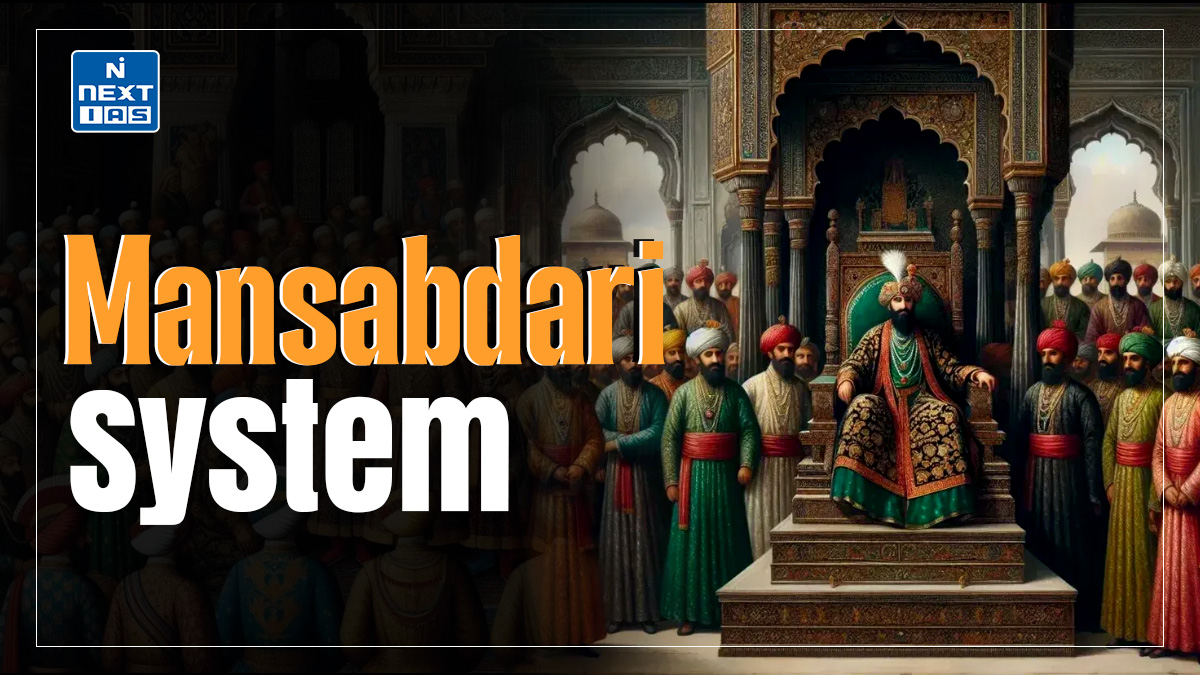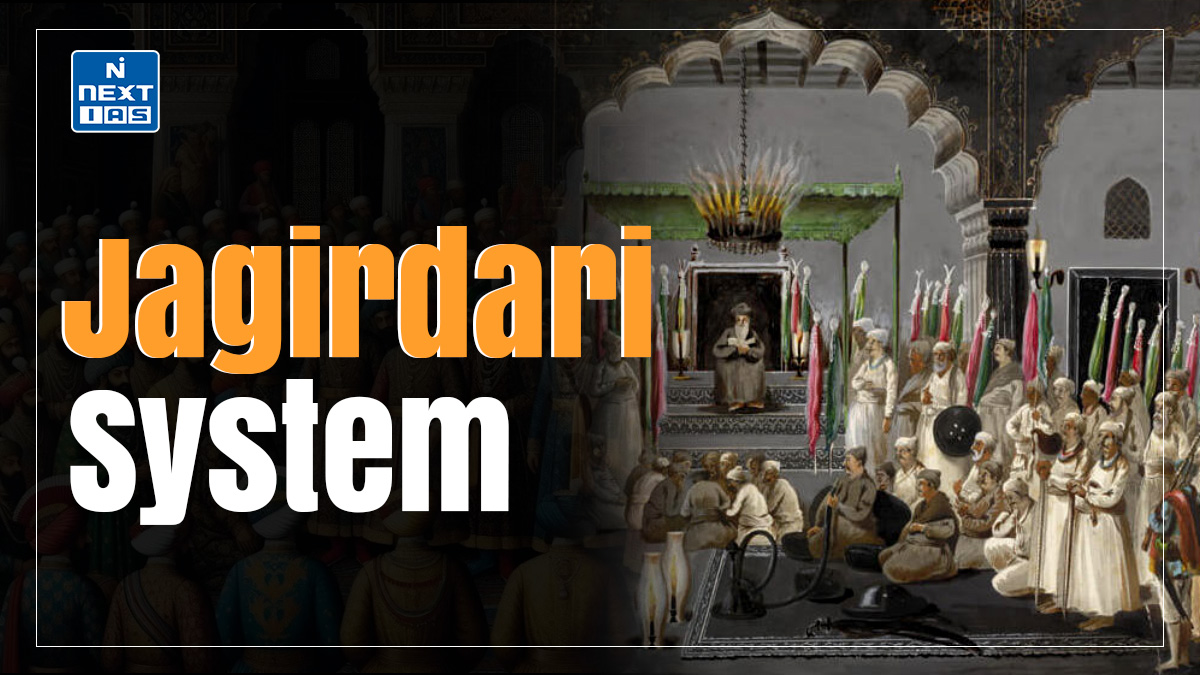
The Sayyid Dynasty, which ruled from 1414 to 1451, played a pivotal role in the history of the Delhi Sultanate. Following the decline of the Tughlaq Dynasty, the Sayyids rose to power during a tumultuous period marked by political instability and social upheaval. This article aims to study in detail the origins, key rulers, administrative challenges, and artistic contributions of the Sayyid Dynasty, shedding light on its impact on the political and cultural landscape of medieval India.
About Sayyid Dynasty
- The Sayyid Dynasty emerged after the decline of the Tughlaq Dynasty, marking a significant yet brief chapter in the history of the Delhi Sultanate.
- The Sayyids ruled from 1414 to 1451. They were notable for their lineage and the challenges they faced during their short tenure.
Origins of Sayyid Dynasty
- The Sayyid Dynasty came to power after the Tughlaq Dynasty’s disintegration, largely influenced by Timur’s conquests.
- Following his victory over the Delhi Sultanate, Timur appointed Khizr Khan as the governor of Multan.
- Historical texts like the Tarikh-i-Mubarak Shahi suggest that Khizr Khan was a descendant of the Prophet Muhammad, which helped legitimise his rule in the eyes of many.
- Despite its historical significance, the Sayyid Dynasty is characterised by its remarkably brief tenure, being the shortest of all the dynasties in the Delhi Sultanate.
Founder of Sayyid Dynasty
- The Sayyid Dynasty was founded by Khizr Khan in 1414 after the decline of the Tughlaq Dynasty.
- A noble of Turkic origin, Khizr Khan was appointed as the governor of Delhi by the Timurids, and he seized power in the region, establishing the Sayyid rule.
- His leadership marked an attempt to centralize authority and stabilize the political landscape of northern India.
- Although he faced significant challenges, including internal rebellions and noble conspiracies, Khizr Khan’s foundation laid the groundwork for his successors, influencing the cultural and political evolution of the region during the early 15th century.
Khizr Khan (1414-1421 AD)
- Khizr Khan is recognised as the founder of the Sayyid Dynasty and is often hailed as one of the ablest rulers of his time, even drawing comparisons to Timur.
- Khizr Khan came to power after defeating Sultan Daulat Khan, occupying Delhi and establishing his authority.
- Interestingly, Khizr Khan refrained from assuming the title of Sultan, preferring the designation of Rayat-i-Ala, which means “the exalted subject.”
- This choice reflected a degree of humility or a strategic decision to navigate the power dynamics in a post-Tughlaq era.
- However, his authority was primarily confined to the Punjab and Doab regions, limiting his ability to extend control over other significant areas of northern India.
- The reign of Khizr Khan laid the foundation for his successors, who faced considerable challenges.
Succession and Challenges of Sayyid Dynasty
- After Khizr Khan’s death, the Sayyid Dynasty witnessed a rapid succession of rulers, with Mubarak Shah and Muhammad Shah ascending to the throne quickly.
- Both attempted to assert control over rebellious territories such as Katihar, Badaun, Etawah, Patiali, Gwalior, Kampil, Nagaur, and Mewat.
- However, their efforts were largely thwarted by the nobles’ conspiracies and intrigues, which weakened the dynasty’s grip on power.
- The inability to manage these rebellions highlighted the fragility of Sayyid rule, as internal strife and the ambitions of the nobility often undermined the Sultanate’s authority.
Administration during Sayyid Dynasty
The Sayyid Dynasty, though brief, made notable contributions to administration during its rule from 1414 to 1451. This period was marked by a unique blend of challenges and achievements that shaped the political landscape of northern India.
- The Sayyid rulers aimed for a centralized administration but faced significant challenges due to regional rebellions and the ambitions of the nobility.
- Khizr Khan established a governing structure, but his authority was limited primarily to Punjab and the Doab region.
- The dynasty needed help with the power dynamics between the Sultanate and local nobility, which often undermined central authority.
- Successors like Mubarak Shah and Muhammad Shah attempted to consolidate power but were met with resistance from rebellious nobles.
- The administration focused on revenue collection from agrarian lands, which was crucial for maintaining the royal treasury.
- Local governance was often left in the hands of regional leaders, which led to inconsistencies in tax collection and loyalty.
- The military structure was vital for the Sayyids to defend against internal rebellions and external threats.
- The army was composed of local soldiers and mercenaries, emphasising the importance of military alliances in maintaining control.
- The legal framework was influenced by Islamic law, with local qazis (judges) playing a significant role in administering justice.
- The administration sought to maintain order through traditional Islamic practices and local customs.
Art & Architecture during Sayyid Dynasty
The Sayyid Dynasty, though brief, made notable contributions to art & architecture during its rule from 1414 to 1451.
- The Sayyid Dynasty contributed to the architectural landscape of India with structures that reflected Indo-Islamic styles.
- Examples include the Tomb of I’timād-ud-Daula, which features intricate inlay work and represents the transition from earlier styles to the more refined Mughal architecture.
- The art and architecture of the period displayed significant Persian influences, especially in decorative arts and motifs.
- The use of intricate tile work, calligraphy, and elaborate carvings became more prominent during this time.
- The Sayyids built several mosques and tombs for religious and commemorative purposes.
- Structures were often adorned with geometric patterns and floral motifs, emphasising aesthetic appeal.
- The period saw the continued use of stone and stucco for decorative architectural purposes.
- Craftsmanship in metalwork and textiles also flourished, contributing to the artistic heritage of the dynasty.
- The Sayyid Dynasty’s art and architecture were characterised by a synthesis of Hindu and Islamic elements, reflecting the region’s cultural diversity.
- This blending significantly fostered a unique identity that would influence later dynasties.
Decline and Fall of Sayyid Dynasty
- The final ruler of the Sayyid Dynasty, Alam Shah, proved to be remarkably ineffectual.
- His incompetence culminated in the surrender of the throne to Bahlul Lodi, who had been governor of Sind and Lahore.
- This transition marked the end of the Sayyid Dynasty and paved the way for the rise of the Lodi Dynasty, which would bring a new era to the Delhi Sultanate.
Conclusion
The Sayyid Dynasty (1414-1451) significantly influenced northern India’s political and cultural landscape amid the decline of the Tughlaq Dynasty. Founded by Khizr Khan, who aimed for centralized governance, the dynasty faced internal strife and noble conspiracies that weakened its authority. Despite these challenges, the Sayyids contributed to art and architecture by blending Indo-Islamic styles with Persian influences in their mosques and tombs. Their legacy reflects both ambitions and struggles, setting the stage for the rise of the Lodi Dynasty and highlighting the evolving dynamics of power and culture in medieval India.
Frequently Asked Questions (FAQs)
Who was the founder of the Sayyid Dynasty?
The founder of the Sayyid Dynasty was Khizr Khan, who established the dynasty in 1414.
Who ruled after the Sayyid Dynasty?
After the Sayyid Dynasty, the Lodi Dynasty came to power, marking a new phase in the history of northern India.
Who was the first ruler of the Sayyid Dynasty?
The first ruler of the Sayyid Dynasty was Khizr Khan, who played a crucial role in its establishment and governance.





